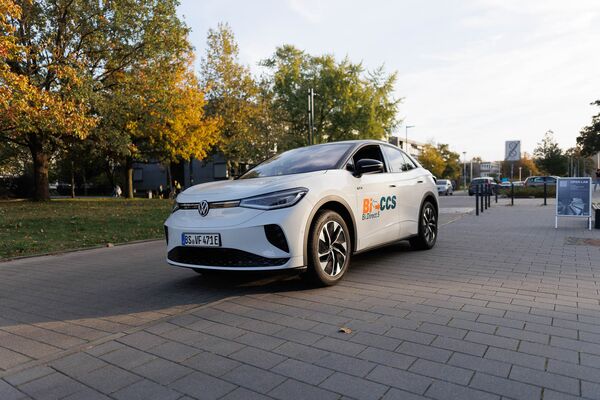
Flexibilization and Redispatch 3.0
The energy sector is undergoing a fundamental transformation. As part of the energy transition, energy production is shifting toward renewable sources. However, due to the volatile nature of renewable generation, energy can no longer be supplied entirely in line with demand. At the same time, the growing adoption of battery-powered electric vehicles is increasing the demand for electricity from renewable sources. This results in a higher frequency of grid bottlenecks. To address these challenges, bidirectionally chargeable electric vehicles are being integrated as decentralized flexibility resources within the framework of Redispatch 3.0.

Vehicle-to-Grid (V2G)
In the context of electromobility, the additional electrical loads resulting from charging electric vehicles must be integrated into the power grid in a grid-friendly manner. At the same time, the battery storage systems of electric vehicles can help stabilize the energy system and reduce costs—provided that bidirectional charging processes are intelligently integrated into grid operations. To achieve this, a variety of technical aspects must be taken into account. These include the intelligent control of energy consumers through demand-side management (DSM) and the dynamic balancing of supply and demand through the bidirectional integration of electric vehicle battery storage systems using Vehicle-to-Grid (V2G) technology.

Swarm Storage
The use of these technologies requires complex and automated coordination among all stakeholders, including grid operators, vehicle manufacturers, charging infrastructure providers, and customers. To effectively integrate all parties into this complex charging management ecosystem, the Bi-CCS project aims to establish the market role of the Smart Charging Service Provider (SCSP). The overarching goal is to aggregate electric vehicles into virtual swarm storage systems and incorporate these systems into electricity grid operations—particularly for addressing and mitigating grid bottlenecks through redispatch measures.